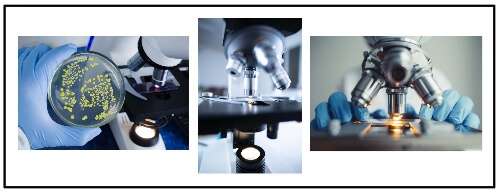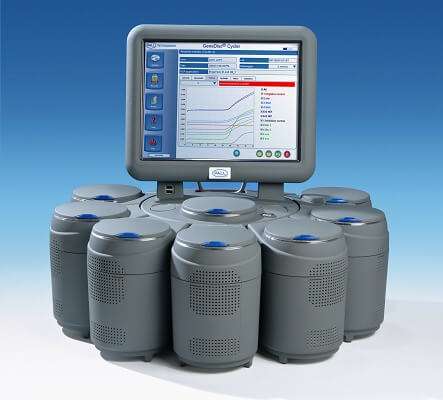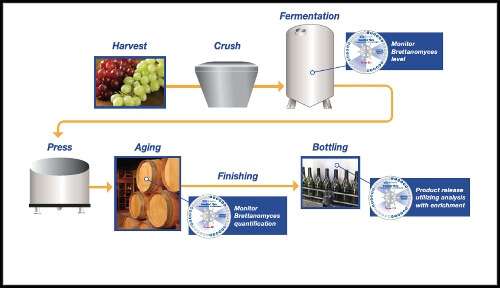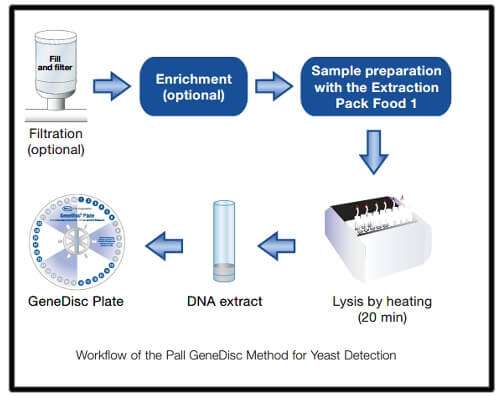Reduce the Risk of Spoilage
Rapid and Flexible Detection of Spoilage Yeast in Beverages.
The role of yeast within fermentation is central for the production of fermented alcoholic beverages and specific yeast strains are selected to achieve the desired fermentation, flavor and aroma characteristics in the end product. In addition to this beneficial role, yeasts are also able to cause spoilage to alcoholic beverages both during and after fermentation.
Spoilage yeast growth can affect the chemical composition of the beverage, generating off flavors, undesirable aroma or altered appearance. It can also lead to broken bottles due to increasing pressure. Such spoilage can generate high economic losses and impact brand image.
Labor intensive and lengthy investigations after spoilage detection can increase impact of spoilage as origination can come from a wide variety of sources throughout the production process. Long investigations can increase losses as higher volume of spoiled product could be produced or production could be interrupted for a long period of time.
As a result, wineries have implemented microbial monitoring for their finished wines and in-process control at critical points, using a testing program unique to each winery. These programs are mostly based on traditional culture methods. These methods have a limited cost-effectiveness and decision-making value due to their drawbacks.
They are time-consuming, and do not provide an early warning of contamination. These methods display weak sensitivity when even one single spoilage organism can cause full batch damage. Additionally, they are not specific. Further yeast identification is needed to assess contamination sources and plan for effective countermeasures.
Complete the form to have a sales representative contact you about our wine filtration solutions
Thank you!
Thank you for your interest a sales representative will contact you about our wine filtration solutions.
Thank you!
Literature Library
-
Data Sheet_GD Yeast
Download: -
Product Brochure: GeneDisc® Cycler
Download: -
Sales Support Sheet_3 sides of yeast
Download:
Brettanomyces Detection & Quantification
GeneDisc® technology offers an innovative solution to accelerate the time to result
To address the customer’s need for a rapid method for product release and for simplification of Brettanomyces testing, Pall offers its polymerase chain reaction (PCR) based method using the GeneDisc system.
With sensitive and specific detection and identification of wine spoilage yeast in a matter of hours, this extremely accurate tool is easily implemented into the customer’s quality control laboratory eliminating the cost to send samples to an external service laboratory.
The GeneDisc method for spoilage yeast offers two types of testing reagents:
- Plates for yeast screening enabling detection of all spoilage yeasts.
- Plates for identification of the major spoilage associated yeast genera and species.
Additionally, there are different testing options that can be implemented:
- Direct yeast monitoring is possible for fast results within 2 hours.
- However, for high sensitivity applications, analysis with enrichment can be performed with results available in as little as 30 hours.
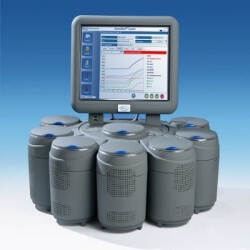
GeneDisc® Technologies: Yeast Detection and Identification
For the rapid and flexible detection and identification of spoilage yeast in beverages
